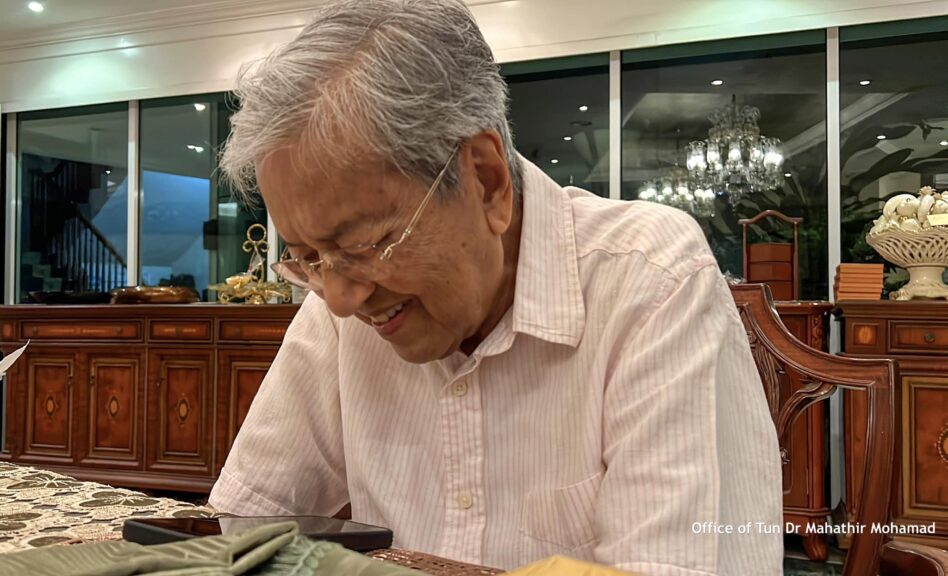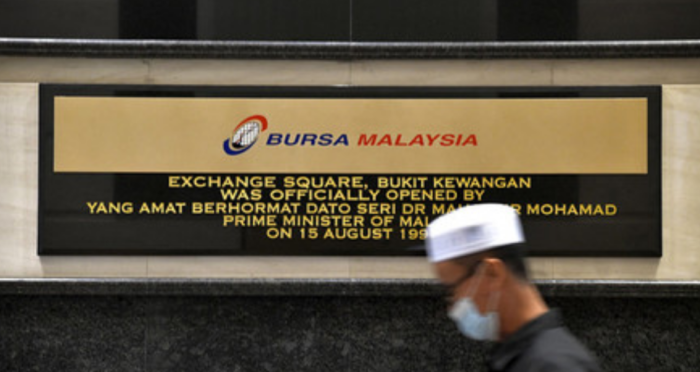JERUSALEM: US President Donald Trump has proposed a “two-state” solution for the Israeli-Palestinian conflict but with strict conditions that Palestinians have rejected out of hand.
Trump’s plan – dubbed “Peace to Prosperity” – addresses core issues of the conflict that have stymied peacemakers for decades such as borders, refugees, security and the status of Jerusalem and Israel’s settlements in the occupied West Bank.
Below are some highlights:
TWO STATES
Trump’s plan sets in motion a four-year timeline for the creation of a Palestinian state, with Palestinians first having to agree to halt attacks by the Islamist militant group Hamas which controls Gaza.
Palestinians should set up governing institutions in order to establish their state, likely to be similar to the current Palestinian Authority, which has limited self-rule in parts of the West Bank.
The Palestinian state would include stretches of land in the West Bank, as well as the Gaza Strip on the Mediterranean coast and two expanses of territory in Israel’s southern Negev desert.
The West Bank and Gaza, 40km (25 miles) apart, would be connected by a tunnel.
The Palestinian capital would be set across several towns that border East Jerusalem.
Jerusalem would be Israel’s “undivided capital”.
SECURITY
Israel would maintain “overriding security responsibility for the State of Palestine”, including at the Palestinian state’s international border crossings.
Zoning and planning in border areas between Israel and Palestine “will be subject to the State of Israel’s overriding security responsibility”.
Israel would maintain control over the “airspace and electromagnetic spectrum west of the Jordan River”.
The Palestinian state would not be allowed to forge military, security or intelligence agreements with any state or organization that adversely affects Israel’s security.
Israel would retain the right to engage in “incursions” into the State of Palestine to ensure it “remains demilitarised and non-threatening”.
BORDERS AND PORTS
Trump’s plan would leave the Jordan Valley, which makes up some 30% of the occupied West Bank, under Israeli control. The Jordan River, which separates the West Bank from Jordan, would become part of Israel’s eastern border.
The Palestinian state would be allowed to use Israel’s Mediterranean ports of Haifa and Ashdod.
The plan floats the creation of an “artificial island” off Gaza’s coast that would serve as a Palestinian port and airport.
SETTLEMENTS AND LAND SWAPS
Israel would be free to annex its settlements in the West Bank and would not have to uproot any of them. Palestinians and much of the world view the settlements as illegal under international law, a position Israel and United States dispute.
The plan raises the possibility of incorporating several Arab-Israeli communities along the West Bank border into the Palestinian state.
JERUSALEM
Jerusalem would be Israel’s “sovereign” and “undivided” capital.
A Palestinian capital would be set up in the urban sprawl to the north and east of a security barrier that Israel built through East Jerusalem more than a decade ago during the last Palestinian uprising.
Palestinians reject any proposal that would not see a Palestinian capital in all of East Jerusalem, which includes the walled Old City and numerous sites holy to Muslims, Jews and Christians.
The barrier would “serve as a border between the capitals of the two parties”.
Palestinians who live on the Israeli side of the barrier can become citizens of either Israel or the Palestinian state, or instead retain “permanent residents” in Israel.
The status quo at the Old City compound known to Muslims as al-Haram al-Sharif (Noble Sanctuary) and to Jews as Temple Mount “should continue uninterrupted”.
Neighbouring Jordan would maintain its role as the compound’s custodian.
GAZA
Israel would be required to “implement its obligations” under the plan only if the Palestinian Authority or another body acceptable by Israel comes into power in Hamas-ruled Gaza and returns all Israeli captives and remains being held there.
If it wants to play any role in the Palestinian government, Hamas must recognize Israel, commit to non-violence and accept previous agreements struck between Israel and the Palestinians.
REFUGEES
Hundreds of thousands of Palestinians were made refugees following the 1948 war that surrounded Israel’s creation. Their descendents are scattered across the West Bank and Gaza as well as neighboring Jordan, Lebanon and Syria.
Trump’s plan would not allow any refugees a “right of return” to Israel.
Refugees would be allowed “absorption” into a Palestinian state at a rate that does not overwhelm the State of Palestine nor “increase security risks to the State of Israel”.
If an agreement is signed between the parties, Palestinians’ refugee status would cease to exist and the U.N.’s Palestinian aid agency’s responsibilities would be “transitioned to relevant governments”. – Jan 30, 2020, Reuters










